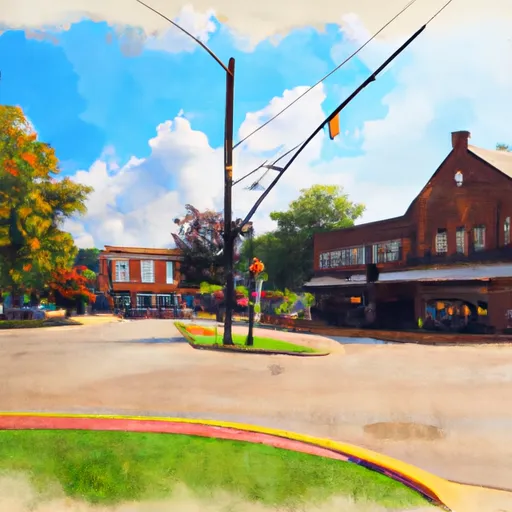°F
°F
mph
Windspeed
%
Humidity











Madeira, Ohio is a charming suburban community located in Hamilton County. The climate in Madeira is classified as humid continental, characterized by warm summers and cold winters. Summers are typically mild to hot, with average temperatures ranging from the low 70s to the mid-80s Fahrenheit. Winters are cold, with temperatures averaging in the mid-30s to low 40s Fahrenheit. Precipitation is evenly distributed throughout the year, with slightly higher amounts during the summer months.
Hydrologically, Madeira is situated near the Little Miami River, one of Ohio's scenic waterways. This provides residents with opportunities for various outdoor activities like fishing, kayaking, and canoeing. The river's riparian zone also offers a picturesque setting for nature walks and birdwatching.
In addition to the Little Miami River, Madeira boasts several parks and recreational areas. Madeira Municipal Pool is a popular spot for swimming, while Madeira City Park offers facilities for sports such as baseball, basketball, and tennis. The city also maintains hiking and biking trails, encouraging residents to enjoy the scenic beauty of the area. With its enjoyable climate and ample outdoor recreation opportunities, Madeira, Ohio provides a welcoming environment for nature enthusiasts and outdoor adventurers.
Weather Forecast
Madeira receives approximately 1124mm of rain per year, with humidity levels near 81% and air temperatures averaging around 12°C. Madeira has a plant hardyness factor of 6, meaning plants and agriculture in this region thrive during a short period during spring and early summer. Most plants will die off during the colder winter months.
Regional Streamflow Levels
47
Cubic Feet Per Second
38
Cubic Feet Per Second
56
Cubic Feet Per Second
939
Cubic Feet Per Second
Nearby Camping
| Camping Area | Reservations | Toilets | Showers |
|---|---|---|---|
| Wood Creek Lake Ramp - DFWR | |||
| Bee Rock Rec Area | |||
| Holly Bay Rec Area | |||
| Kentucky Horse Park Campground | |||
| Fort Boonesborough State Park | |||
| Renfro Valley Boat Dock |



